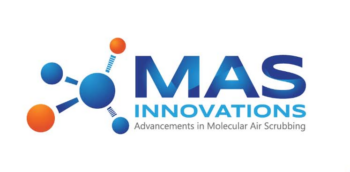Preserving historical objects and collectibles can generate many challenges to museums and historic storage facilities. Damage to collectibles can be caused by uncontrolled temperature and relative humidity, dust and dirt, and gaseous pollutants such as ozone and sulfur dioxide. Dust and dirt contamination can discolor and scratch artifacts; whereas, gaseous pollutants may cause significant and irreversible deterioration of artifacts, metals, historic records, photographs, and marble through chemical reactions..
The National Archives and Records Administration has created Directive 1571 that establishes structural, environmental control, fire safety, preservation, and security standards for appropriate archival storage conditions in NARA archival facilities. It is not uncommon for NARA guidelines to be required when organizations share exhibits with other facilities.
The gas phase filtration must control effectively gas phase contaminants including, aromatic, aliphatic, oxygenated hydrocarbons, chlorinated hydrocarbons, and inorganic acid/basic compounds. While particulate filtration for archival records storage and processing areas must have a Minimum Efficiency Reporting Rating (MERV) of 14 or greater.
Following are the limits set by NARA Directive 1571 for pollutant gases in records storage, processing, and exhibit areas. The levels of pollutant gases specified in this appendix are based on the lowest concentrations that can readily be measured and achieved with current air filtration technology. There are no known “safe” lower limits below which pollutants will not cause damage.

| Type of pollutant | Maximum permitted after air filtration |
|---|---|
| Sulfur dioxide | 1 ppb (part per billion); 2.7 μg/m3 |
| Nitrogen dioxide | 2.6 ppb; 5.0 μg/m3 |
| Ozone | 2.0 ppb; 4.0 μg/m3 |
| Formaldehyde | 4.0 ppb; 5.0 μg/m3 |
| Acetic acid | 4.0 ppb; 10.0 μg/m3 |
